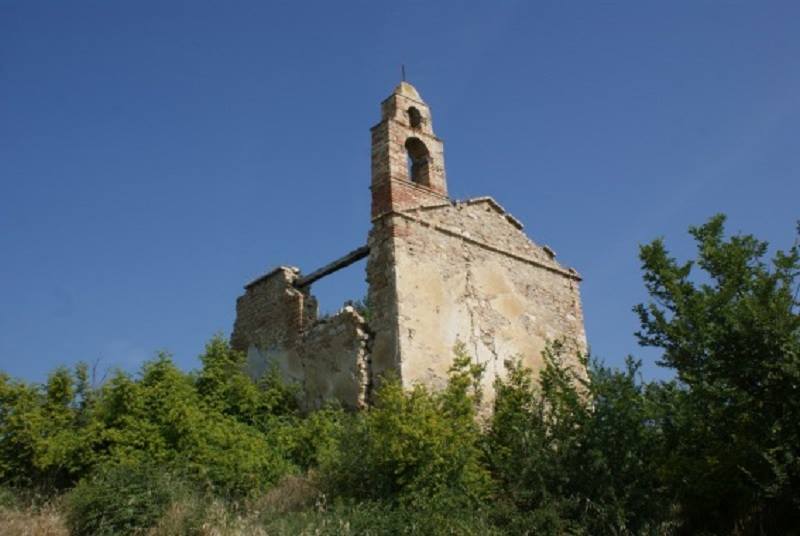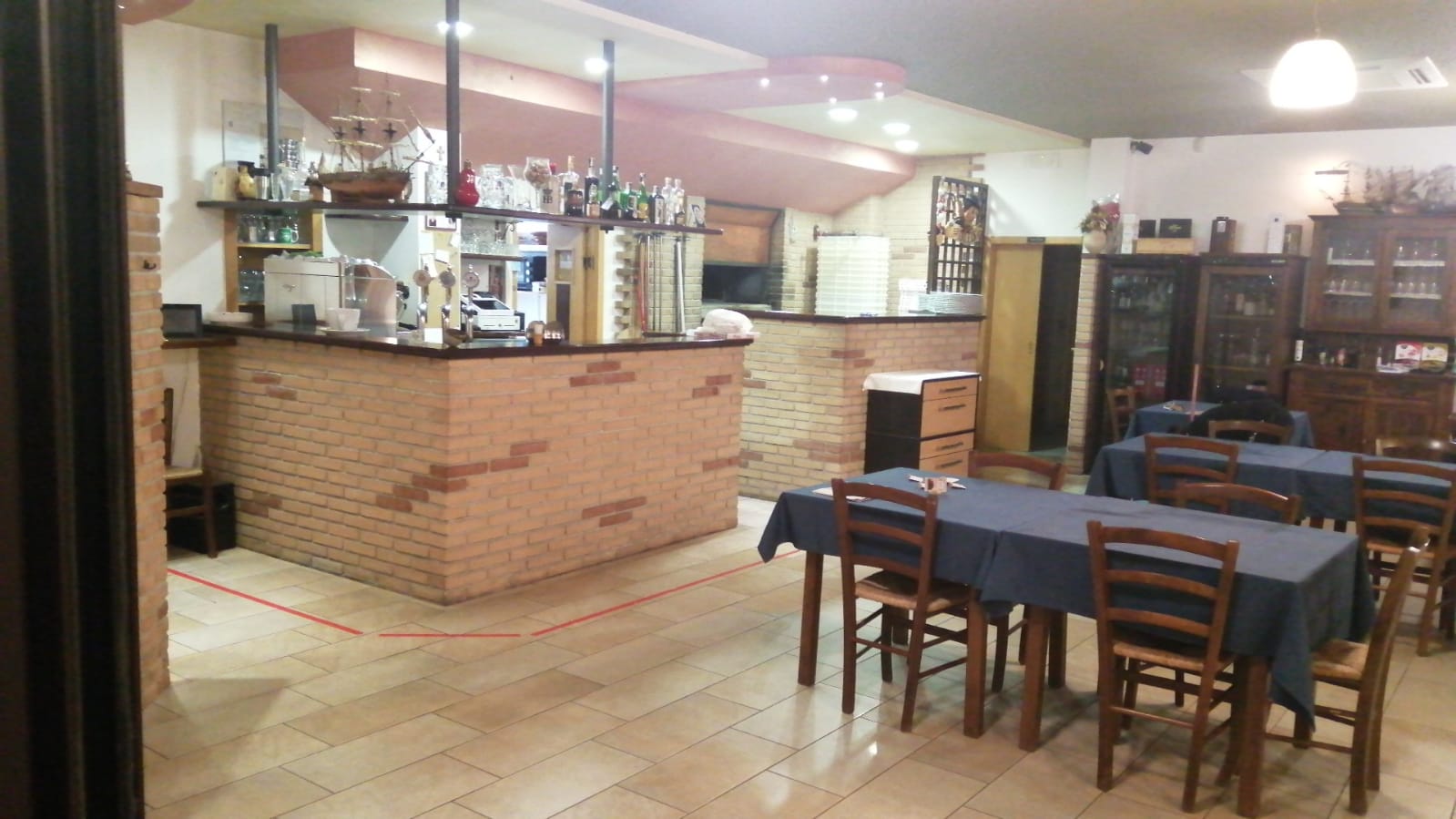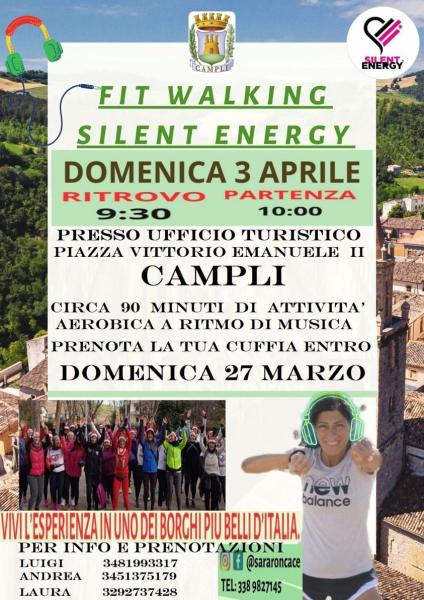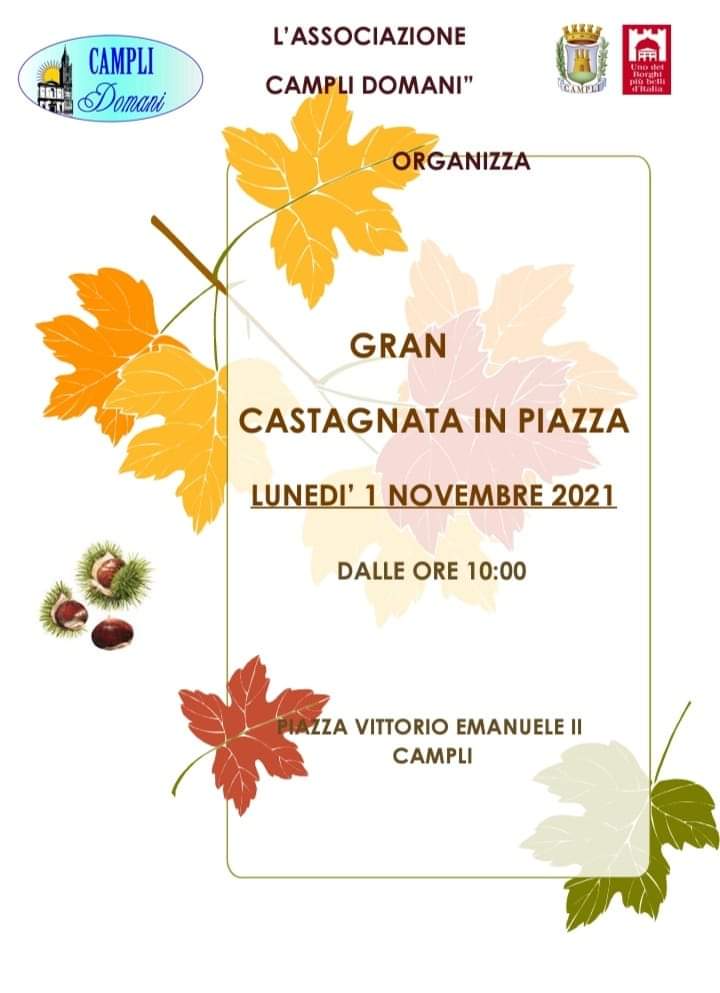Pagannoni
The town is divided into two units: Piancarani Inferiore and Piancarani Superiore, with a nineteenth-century and modern appearance.
At the entrance to Pagannoni Superiore there are still two eighteenth-century houses with a shoe base and shelves that support a balcony. The walls are made with unworked stones bound by a thin layer of mortar. A short distance away, built in the same way, is the dilapidated Church of S. Maria of Pastignano.
In Pagannoni Inferiore the Parish Church of S. Pietro in Pensilis. The toponym, which appears in some medieval documents, in the ninth century was "Candoni". In the 12th century it was mentioned several times as "Ripa Candone" or "Ripacannone". It was a fief of the Racemi family. On Colle Ottaviano, between Pagannoni and Piancarani, you can see the ruins of the Ripa Candone Castle which also controlled the Boceto fiefdom, owned by the Candoni family.








